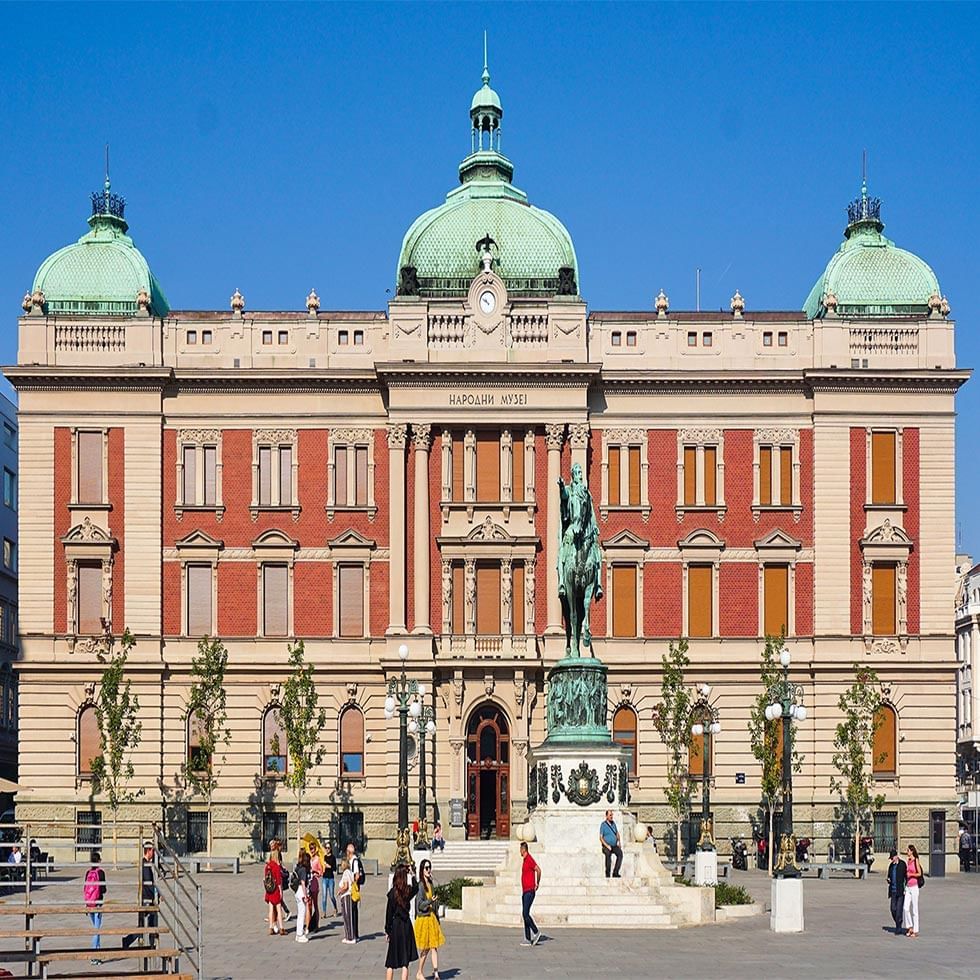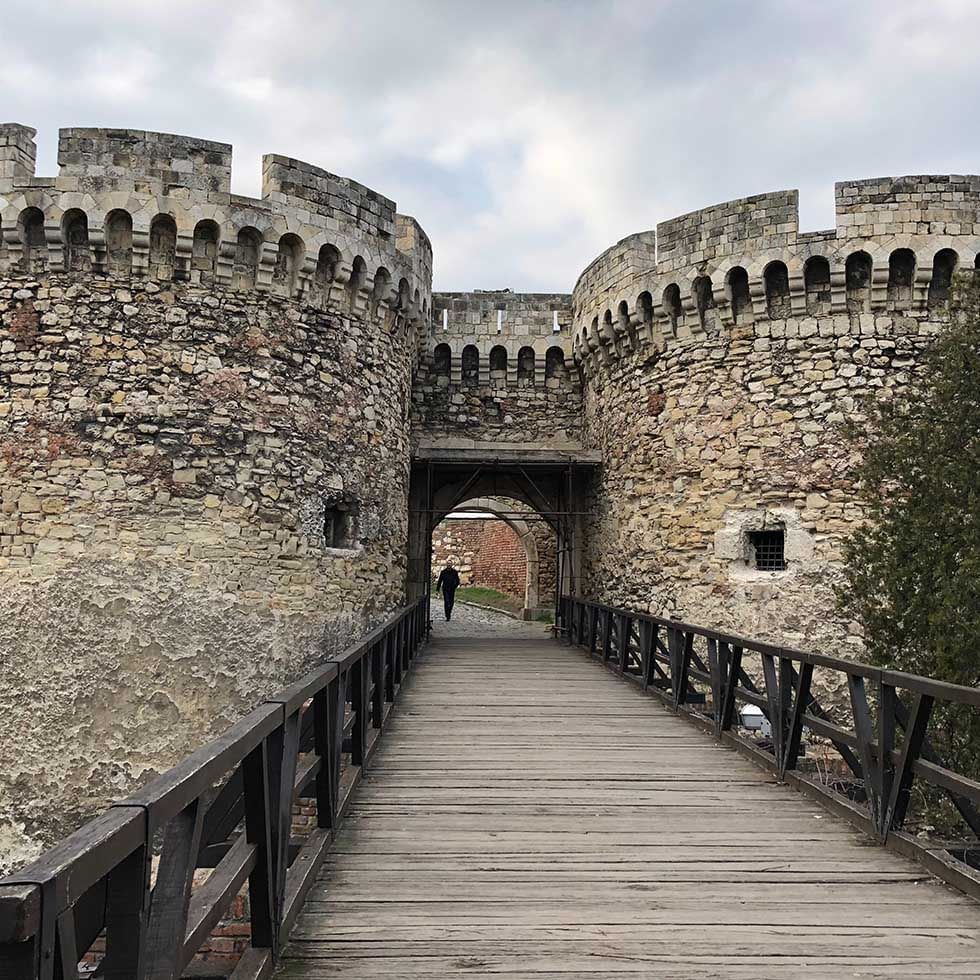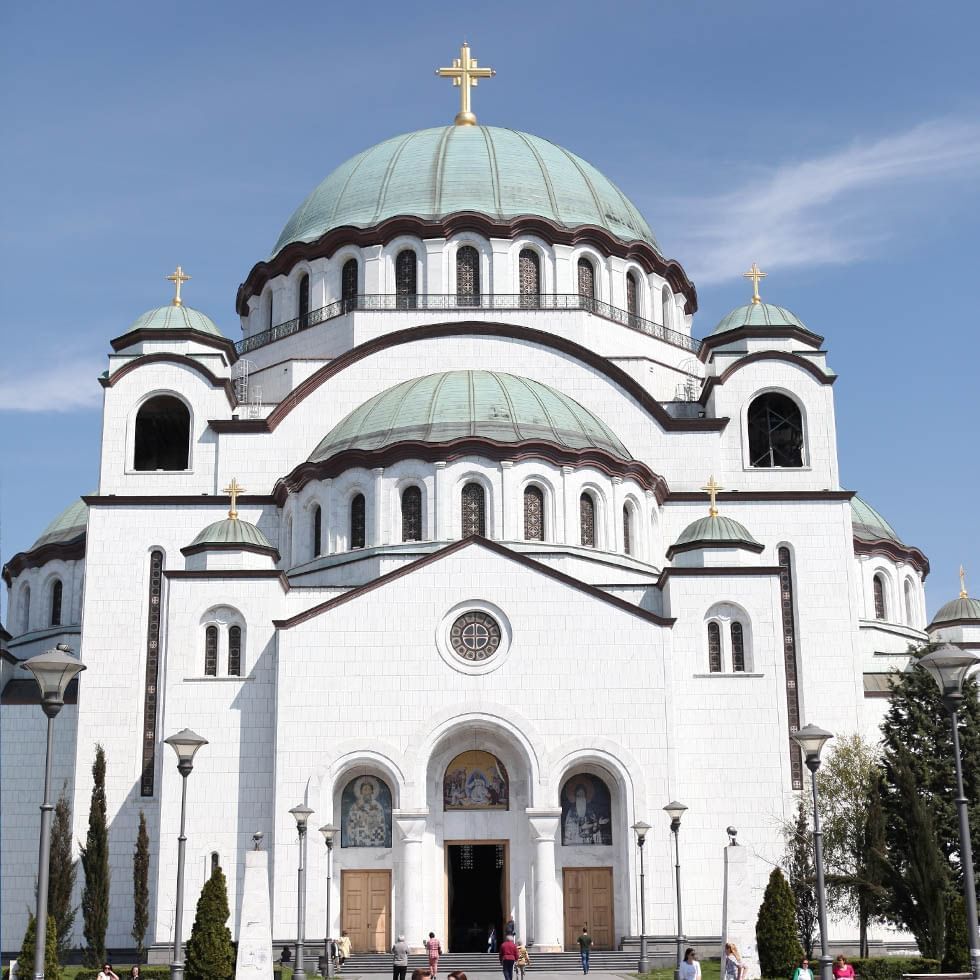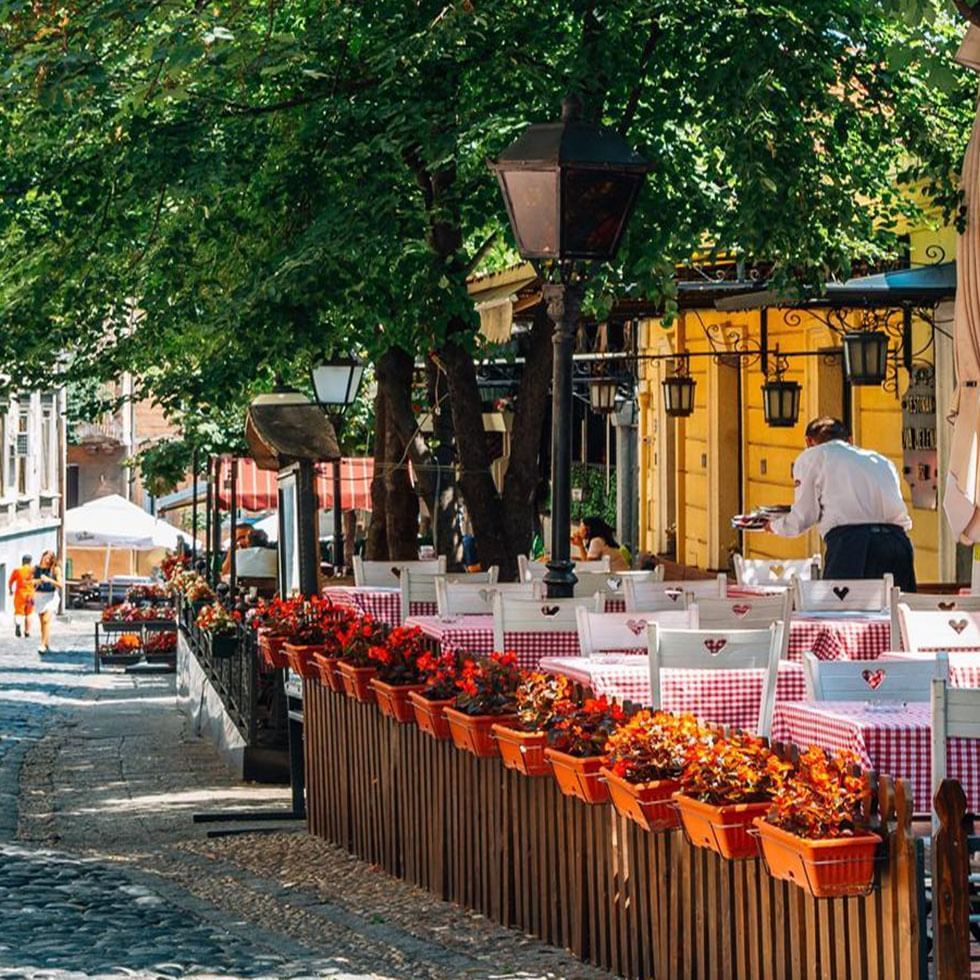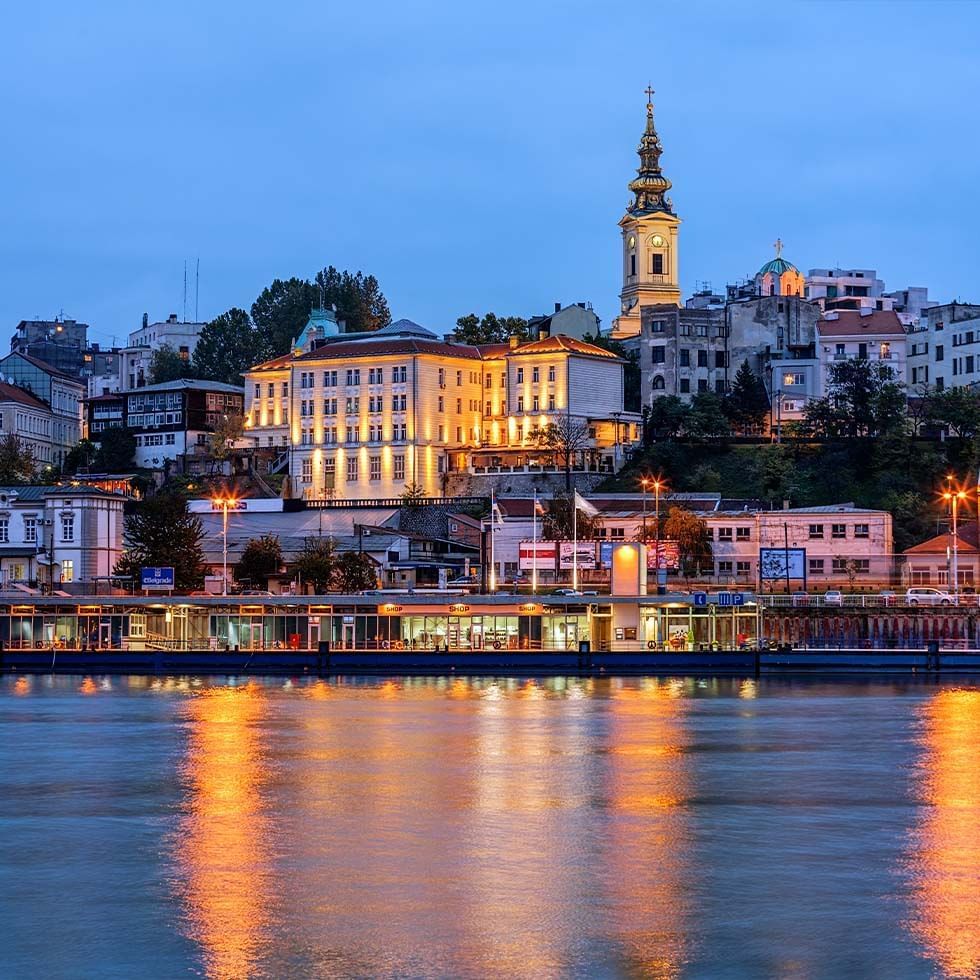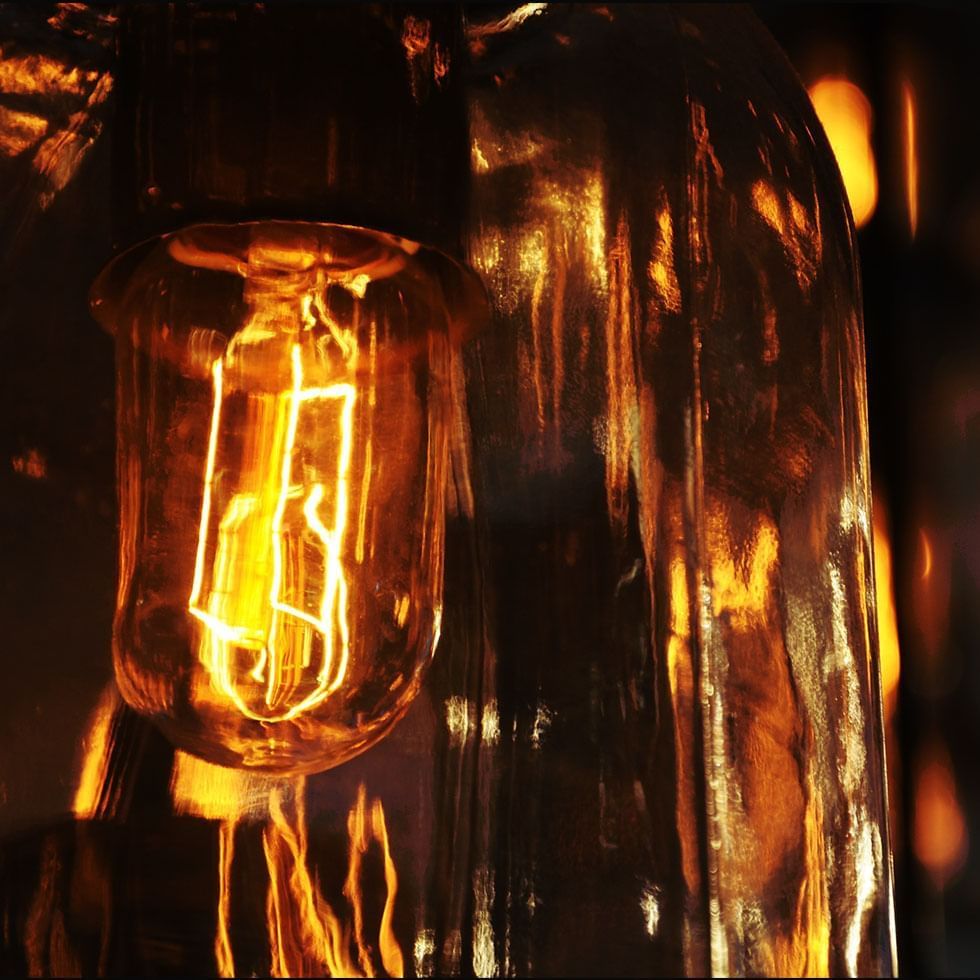Local Attractions
Visit the highlights and sights of Belgrade
Looking for Belgrade attractions and activities and during your time in the city? Then be inspired by our tips and discover the city and its surroundings with numerous sightseeing possibilities near Falkensteiner Hotel Belgrade.
 0
Offers found
0
Offers found


